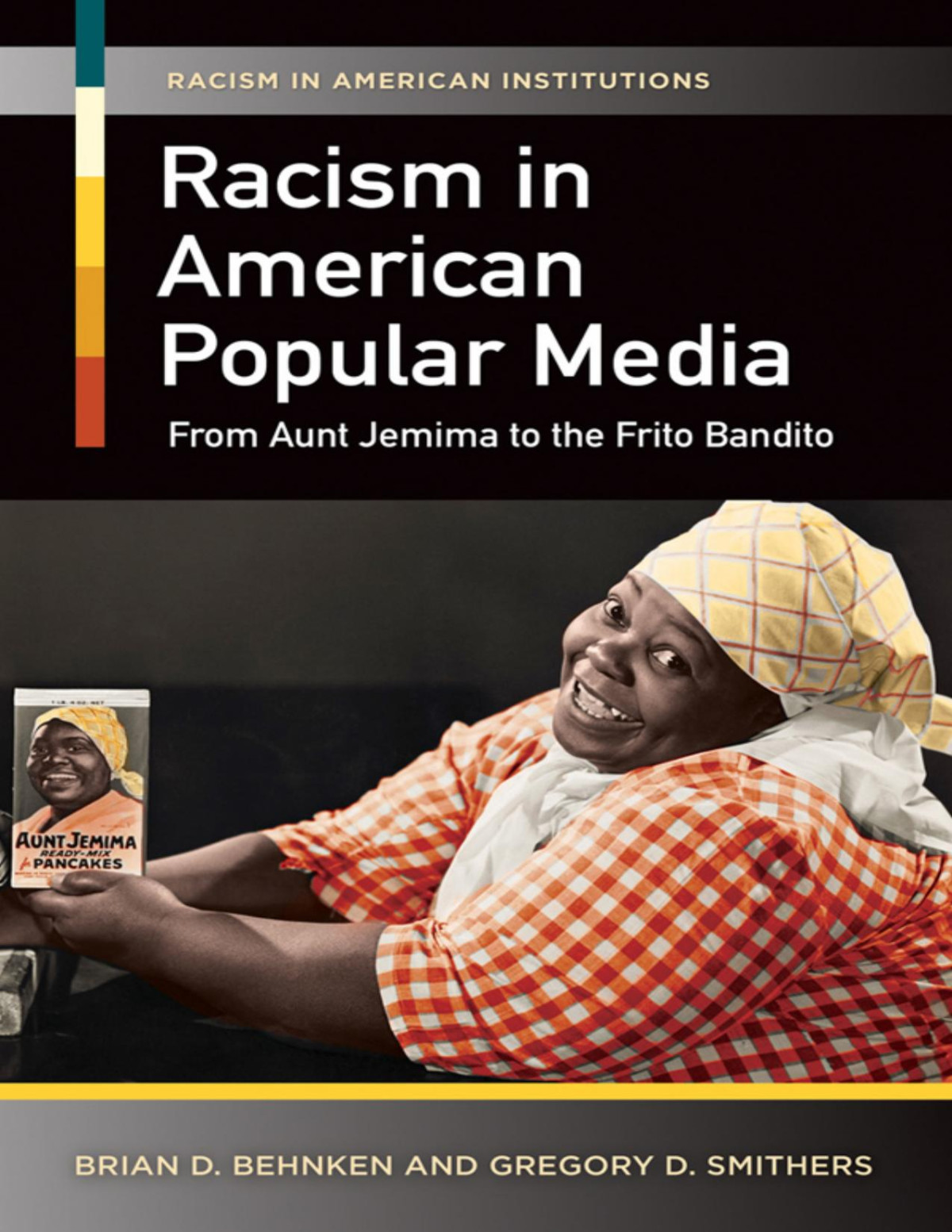

Most ebook files are in PDF format, so you can easily read them using various software such as Foxit Reader or directly on the Google Chrome browser.
Some ebook files are released by publishers in other formats such as .awz, .mobi, .epub, .fb2, etc. You may need to install specific software to read these formats on mobile/PC, such as Calibre.
Please read the tutorial at this link: https://ebookbell.com/faq
We offer FREE conversion to the popular formats you request; however, this may take some time. Therefore, right after payment, please email us, and we will try to provide the service as quickly as possible.
For some exceptional file formats or broken links (if any), please refrain from opening any disputes. Instead, email us first, and we will try to assist within a maximum of 6 hours.
EbookBell Team

4.4
62 reviewsThis book examines how the media—including advertising, motion pictures, cartoons, and popular fiction—has used racist images and stereotypes as marketing tools that malign and debase African Americans, Latinos, American Indians, and Asian Americans in the United States.
Were there damaging racist depictions in Gone with the Wind and children's cartoons such as Tom and Jerry and Mickey Mouse? How did widely known stereotypes of the Latin lover, the lazy Latino, the noble savage and the violent warrior American Indian, and the Asian as either a martial artist or immoral and tricky come about? This book utilizes an ethnic and racial comparative approach to examine the racism evidenced in multiple forms of popular media, enabling readers to apply their critical thinking skills to compare and analyze stereotypes, grasp the often-subtle sources of racism in the everyday world around us, and understand how racism in the media was used to unite white Americans and exclude ethnic people from the body politic of the United States.
Authors Brian D. Behnken and Gregory D. Smithers examine the popular media from the late 19th century through the 20th century to the early 21st century. This broad coverage enables readers to see how depictions of people of color, such as Aunt Jemima, have been consistently stereotyped back to the 1880s and to grasp how those depictions have changed over time. The book's chapters explore racism in the popular fiction, advertising, motion pictures, and cartoons of the United States, and examine the multiple groups affected by this racism, including African Americans, Latino/as, Asian Americans, and American Indians. Attention is also paid to the efforts of minorities—particularly civil rights activists—in challenging and combating racism in the popular media.